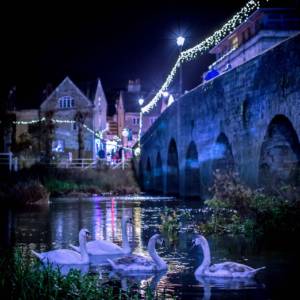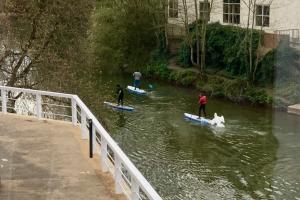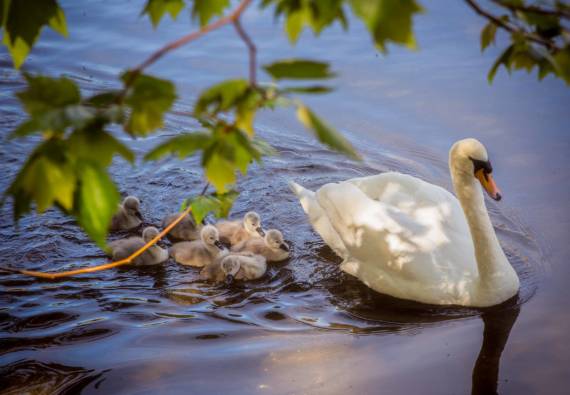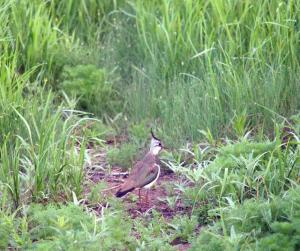 The iconic swans of Bradford on Avon are well known and loved by residents and visitors alike and it’s great that once again we have nesting pairs in and around our town. And as it’s nesting season, and all birds are instinctively protective of their young, we’d like to remind people to give them the space they need to reproduce safely and successfully.
The iconic swans of Bradford on Avon are well known and loved by residents and visitors alike and it’s great that once again we have nesting pairs in and around our town. And as it’s nesting season, and all birds are instinctively protective of their young, we’d like to remind people to give them the space they need to reproduce safely and successfully.
 With their natural safe habitats often reduced and/or disturbed it’s perhaps unsurprising that nesting birds will defend their young from predators and perceived threats which include humans engaging in leisure activities on the river, such as paddle-boarding and kayaking.
With their natural safe habitats often reduced and/or disturbed it’s perhaps unsurprising that nesting birds will defend their young from predators and perceived threats which include humans engaging in leisure activities on the river, such as paddle-boarding and kayaking.
As some of our town’s swans are once again nesting by the town bridge and have recently laid eggs, we would ask people to please be very careful not to disturb them and avoid the area by the bridge wherever possible. This is for the safety of both the swans and humans using the the river.

If all goes well, we’d expect the eggs to hatch in May and then the cygnets (the young swans) will stay with their parents for about 4-5 months before becoming independent. So, the parents will likely be very protective of their family into the summer.

Did you know?
 It’s illegal to disturb any nesting bird. Along with our swans, other birds that nest on the riverside and mammals such as otters and water voles are vulnerable. In addition, birds that nest on the ground such as skylarks or lapwings are in serious decline.
It’s illegal to disturb any nesting bird. Along with our swans, other birds that nest on the riverside and mammals such as otters and water voles are vulnerable. In addition, birds that nest on the ground such as skylarks or lapwings are in serious decline.
How else can we help?
Wildlife often gets disturbed by dogs. Even if dogs don’t attack or disturb an actual nest, dogs exploring undergrowth and riverbanks off the lead can put birds off nesting. During the spring and summer, please do your bit for wildlife and keep your dogs under close control.
Photos Lydia Booth Photography (exc. paddleboard and lapwing images)